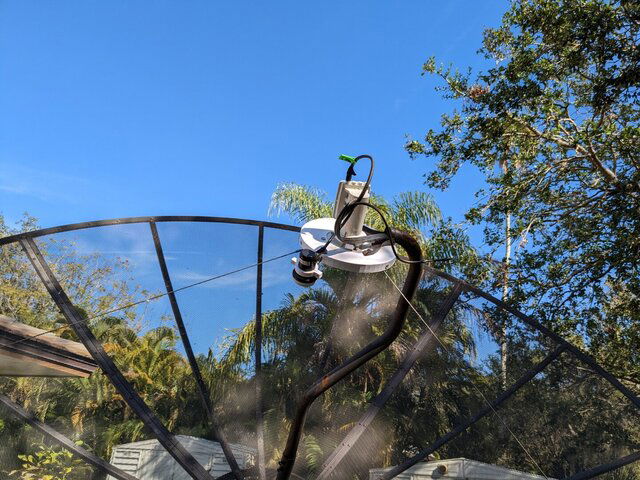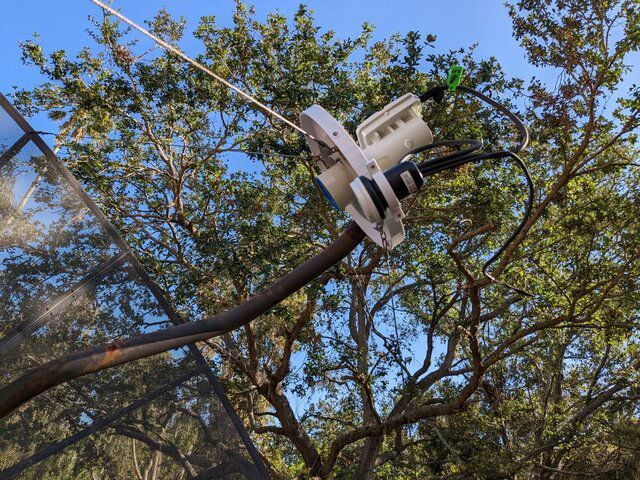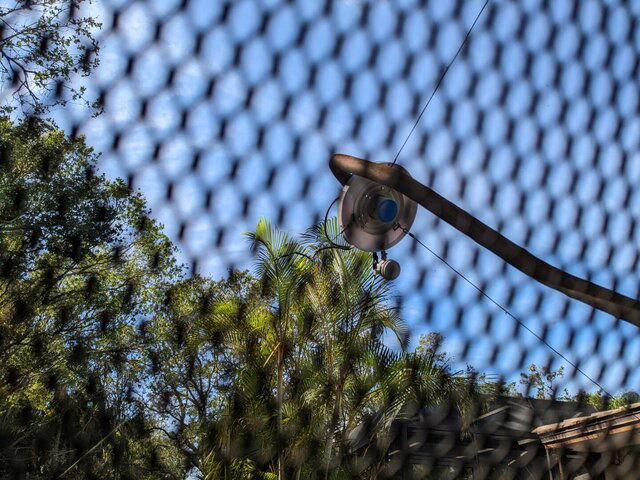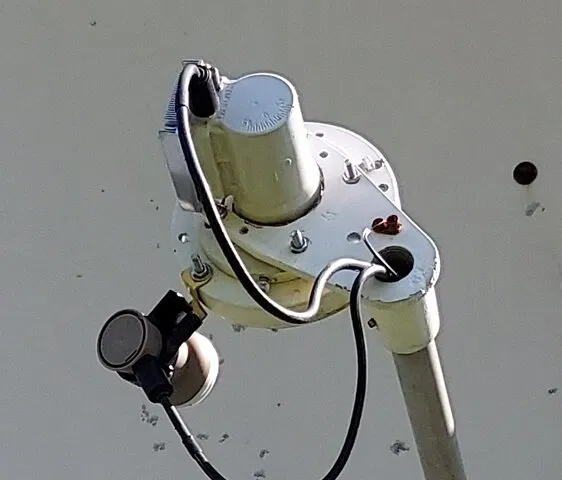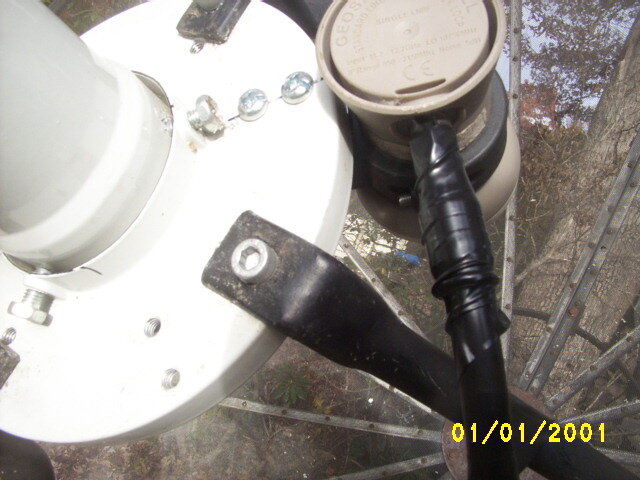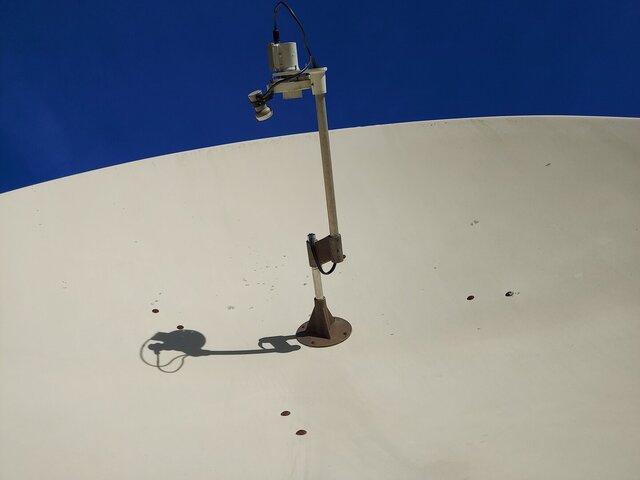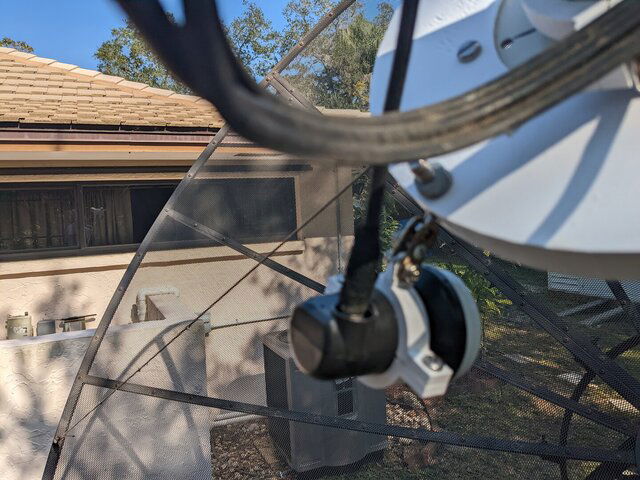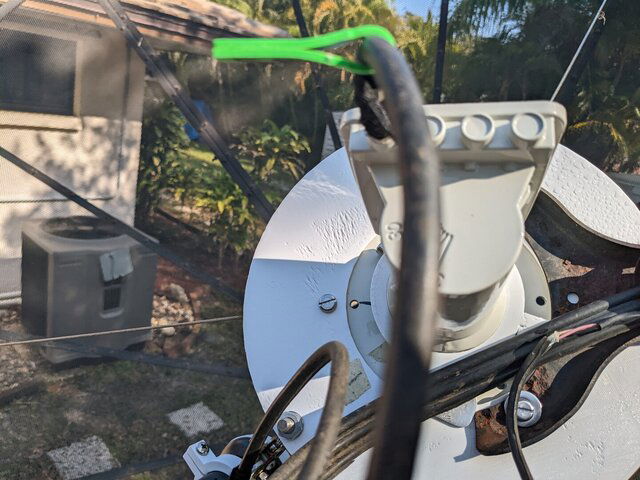Update
I was able to find and peak KU channel 10278V 3680 which seems to be on G18 123W. Channel is KBS America which is a Korean channel. The dish was pointed at approximately 131W. So the difference was about 7 degrees. With my system, its close to 2.7 counts for degree. Count reading is 263.
Once signal was received we adjusted the LNB and peaked the signal. By doing so the LNB now seems to be pointed at quite a bit away from the center of the dish, which I suppose is expected.
Next we moved dish west to approx 135 to see if we could get AMC11 at 125W. No luck, tweaked dish back and forth around count value of 269-271. Nothing, could not see the PBS channels.
As a note, the furthest West C-band channel we can get is G13 127W. We do get the NASA channels great. But anything beyond 127W such as 129W G12, etc, no go. There are too many trees in the way that low in the horizon. So we think that is possibly why we cannot get the PBS station on KU125W.
Next we will start going east.
Stay tuned..
jjs10foot
Excellent. 5-7 degrees sounds close if your button hook center mount obscured signal.
Since you got your feet wet and now know what's happening with the "bounce" of the offset.
You could try bumping the dish a little bit towards the actual satellite position.
Just a few counts at a time. Then see if moving the lnbf a touch towards the dish center may get your offset angle down a little. And maybe grab a few tenths dB. You never know.
Hey man. And the others peeking at this thread. I don't claim to know a lot about anything until I dive in. I'm a hobbyist and love electronics and gadgets. And fabricating 'stuff'.
I got to say. Your 3D bracket is cool as, well, what the dog left behind in the yard.
I would suspect that since these pip-squeak ku lnbf's are designed for ~30 inch or so dishes that you're only using a portion of your big dish.
Could you put up a photo of your final setup? The comment by a33 of 'phase difference' kind of threw me a touch.
As this C-Band resurrection started out a few years ago. The old CM C/Ku feed came off.
I started off from scratch and measured, calculated, focus, f/d.
Put my scalar and C2W lnbf exactly where it all was supposed to be.
When finally snagging my first signal. Like anyone else. I almost peed my pants.
Tweaked the lnbf for max signal. Made a jig out of 2 paint can tops and a dowel rod so I could verify it was dead nuts with dish center.
Something was funky. Expecting blazing dB levels. Not so much.
Eventually playing around with the scalar position. In a bit, out a bit. Tweak the lnbf again.
What's written in stone wasn't quite so. Learned the terms under and over illumination.
Whatever, however a scalar works (you can find several versions of it's theory of operation out there).
Mine ended up a bit further out than calculated values of dish diameter, center depth.....
If I left it like that. I'd probably be only using 10' of the dish 12' diameter.
What was at first were signals of 10-12 dB at most. Man. Some transponders blow the signal meter off scale in the receivers signal finder window now.
It kinda makes me wonder if folks with rim mounted, non adjustable scalar ring arms are getting what they really could if they were able to try that crap. Button hook feed mounts are a chunk of hardware for real. Right!


